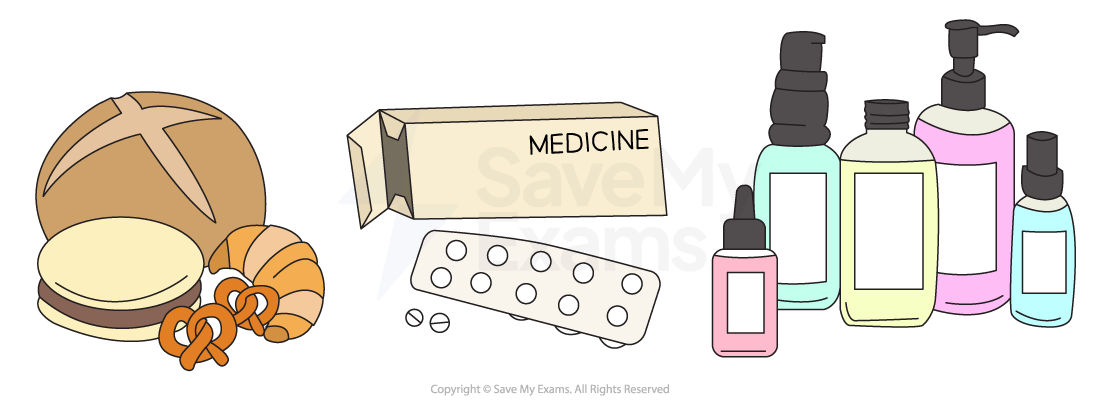Methods of Production (Edexcel IGCSE Business): Revision Note
Exam code: 4BS1
An introduction to production methods
Businesses can organise their production processes in a variety of ways
Methods of production

The method of production used by a business will depend upon a number of factors
The level of output required to be produced
The nature of the product
Whether the product is standardised or customised
The level of automation used in production
Job production
Job production is where products are made to meet the specific requirements of individual customers
Each item is produced separately (a job) and the production process is tailored to the unique specifications of the customer's order
The key characteristics of job production include
Customisation
Each product is customised according to the customer's specific requirements allowing for personalised goods or services to be created
Low volume
Job production is typically used for unique or specialised products that are not produced in large quantities
Variability
Since each product is made to order there can be significant variation in the production process and materials used
Skilled labour
Job production often requires skilled labour such as craftsmen or technicians as the manufacturing process may involve intricate tasks or specialised techniques
Longer lead time
Due to the customisation and individual production approach job production usually has longer lead times compared to other production methods and the time required to fulfil each order can vary depending on its complexity and the availability of resources
Advantages and disadvantages of job production
Advantages | Disadvantages |
|---|---|
|
|
Examples of job production
Furniture made to order, where customers can choose the design, dimensions, materials and finishes
Tailored clothing such as suits or wedding dresses, where each garment is made to fit the specific measurements and preferences of the individual customer
High-end jewellery pieces, especially those with unique designs or personalised engravings
Batch production
Batch production occurs when products are produced in groups or batches
A certain quantity of products is produced together before moving on to the next batch
Each batch goes through the entire production process, from raw materials to the finished product, before the next batch begins
Batches are usually of a standardised size and composition and follow a certain sequence of operations
Products made with batch production

Batch production strikes a balance between customisation and cost-effectiveness, making it a suitable production method for industries that deal with diverse product ranges and varying customer needs
Advantages and disadvantages of batch production
Advantages | Disadvantages |
|---|---|
|
|
Mass (flow) production
Flow production occurs when a product is produced in a continuous sequence of operations on a production line
It involves the movement of materials or components through a series of workstations or machines, with each workstation performing a specific task or operation until a product is finished
This method is commonly used in industries that produce high volumes of standardised products such as automobiles and consumer electronics
Characteristics of flow production
Division of labour
Different tasks are allocated to different workstations or machines, allowing workers to specialise in a specific task
Standardisation
The manufacture of identical products helps to ensure consistency and the smooth flow of production
Continuous movement
The product moves continuously from one workstation to another, minimising idle time and maximising productivity
High volume
Flow production is suitable for high-volume manufacturing as it enables the efficient production of large quantities of identical or similar products
Automation
Flow production often involves the use of machinery and automated equipment to perform repetitive tasks quickly and accurately
Advantages and disadvantages of flow production
Advantages | Disadvantages |
|---|---|
|
|
Examiner Tips and Tricks
Carefully consider the needs of the customers to which a business sells when recommending a suitable method of production. Where the selling price is a key driver of consumer demand, flow production (where unit costs are minimised) is likely to be very suitable. Where demand is driven by quality or where customisation is required, job or batch production are likely to be better choices.

Unlock more, it's free!
Did this page help you?